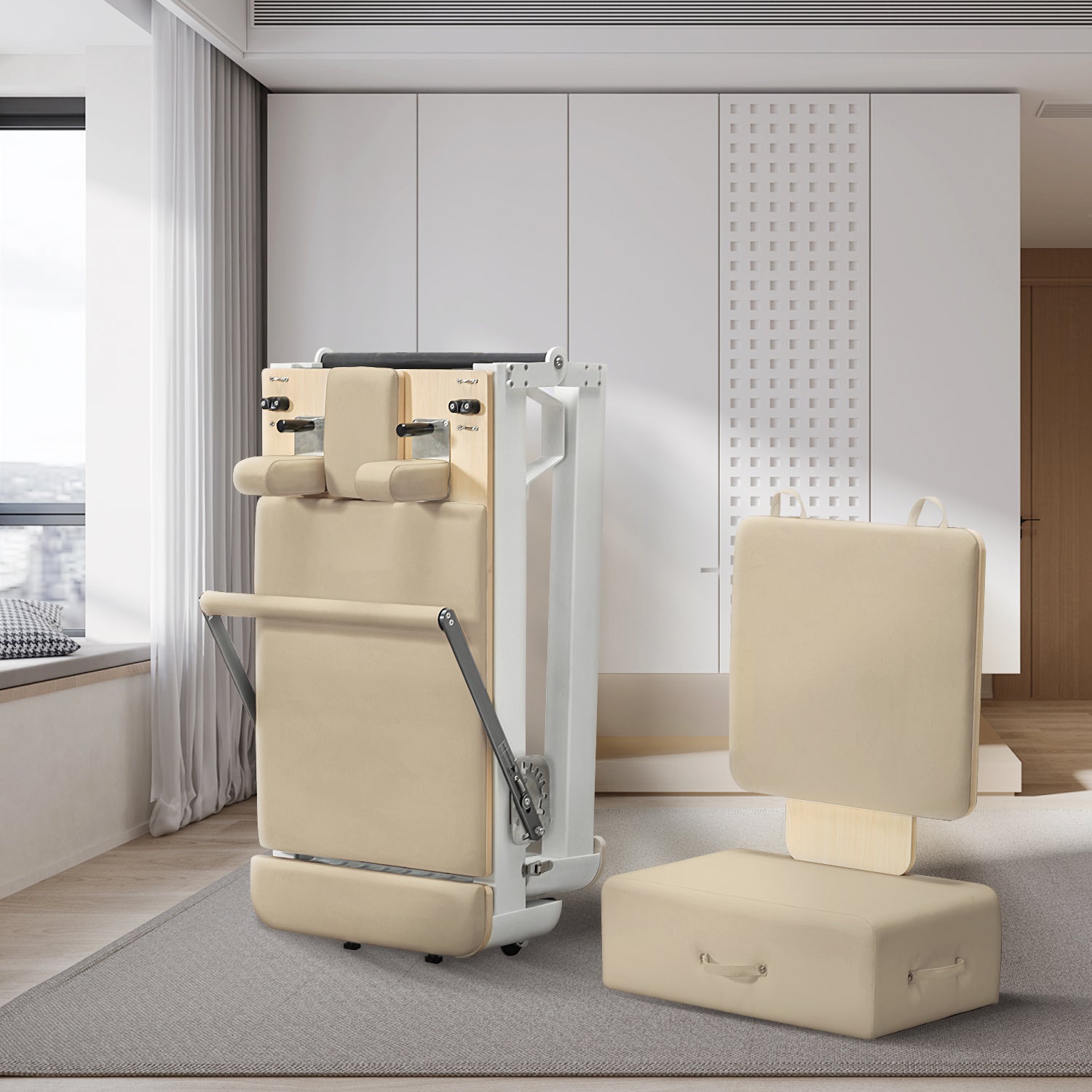Unlock the Secrets of the Reformer: Transform Your Fitness Journey Today!
In the world of fitness and Pilates, the reformer has emerged as a game-changing piece of equipment that enhances workouts for individuals of all fitness levels. This versatile machine, with its springs and pulleys, offers a unique approach to strength training and flexibility, making it increasingly popular among fitness enthusiasts. As more people discover the myriad benefits of reformer training, from improved posture to enhanced core strength, it's clear that the reformer is not just a trend but a valuable tool for anyone looking to elevate their fitness journey. Whether you are a beginner or an experienced athlete, incorporating a reformer into your routine can unlock new possibilities for your workouts.

What is a Reformer?
A reformer is a specialized piece of equipment used in Pilates training, designed to assist and challenge users in their workouts. Its structure typically consists of a sliding carriage, adjustable springs, a footbar, and various attachments like straps and handles. Unlike traditional Pilates exercises performed on a mat, the reformer allows for a greater range of motion and resistance, which can be adjusted to suit individual strength levels. This adaptability makes it an excellent option for all fitness levels, from beginners learning the fundamentals of movement to advanced practitioners seeking to enhance their techniques. The reformer's unique design enables users to perform a wide variety of exercises, targeting different muscle groups and promoting overall body awareness and balance.
Benefits of Using a Reformer
The benefits of reformer training are extensive and multifaceted. One of the primary advantages is improved flexibility; the reformer allows for controlled stretching and strengthening of muscles, which can lead to better overall mobility. Additionally, reformer workouts are excellent for building core strength, as many exercises focus on stabilizing the torso while moving the limbs. This focus on core engagement not only enhances athletic performance but also contributes to better posture and alignment. Another significant benefit is the reformer’s versatility in catering to different fitness levels and rehabilitation needs. Many physical therapists use reformers in their practices to help clients recover from injuries, as the equipment's adjustable resistance provides a safe and effective way to strengthen muscles without excessive strain.
How to Use a Reformer: Basic Techniques and Exercises
Using a reformer may seem daunting at first, but with a few basic techniques, you can quickly become comfortable with it. Begin by adjusting the springs to a resistance level that feels manageable. A common starting point for beginners is to use lighter resistance until you become accustomed to the movements. Some beginner-friendly exercises to try include the Footwork, where you place your feet on the footbar and push the carriage away, engaging your legs and core; the Arm Series, which involves pulling the straps while seated to strengthen the upper body; and the Hundred, which combines breathing and core engagement while pumping the arms. These exercises showcase the reformer’s ability to provide a full-body workout while emphasizing control and form.
Tips for Incorporating Reformer Training into Your Routine
For those looking to incorporate reformer training into their fitness regimen, here are some practical tips. Start with one to two sessions per week, gradually increasing frequency as you become more comfortable with the exercises. Each session can range from 45 minutes to an hour, allowing ample time to explore various movements without feeling rushed. It’s also beneficial to find a qualified instructor who can guide you through the basics and ensure you’re using the machine correctly. Many fitness studios offer introductory classes, which can be a great way to learn in a supportive environment. As you progress, consider mixing in reformer sessions with other forms of exercise to create a well-rounded fitness routine.
Common Misconceptions about Reformer Training
Despite its growing popularity, several misconceptions about reformer training persist. One common myth is that reformers are only suitable for advanced practitioners. In reality, reformers are designed to accommodate all fitness levels, making them an excellent choice for beginners as well. Another misconception is that reformer workouts are ineffective for weight loss. While it's true that reformer training focuses on strength and flexibility, it can also contribute to calorie burn and muscle toning when combined with a balanced fitness routine. Understanding these facts can help demystify the reformer and encourage more people to explore its potential benefits.
Enhancing Your Fitness Journey with the Reformer
In summary, the reformer is a versatile and powerful tool that can significantly enhance your fitness journey. From improving flexibility and strength to accommodating various fitness levels, the reformer offers unique advantages that can help you achieve your health goals. Whether you're just starting or looking to elevate your current routine, exploring reformer training can open doors to new possibilities in your fitness journey. Don’t hesitate to give it a try—your body will thank you!








